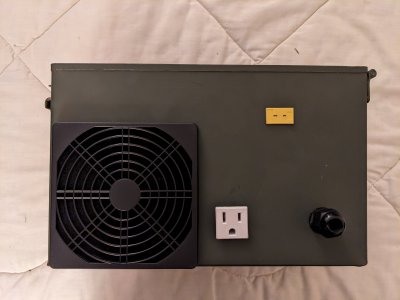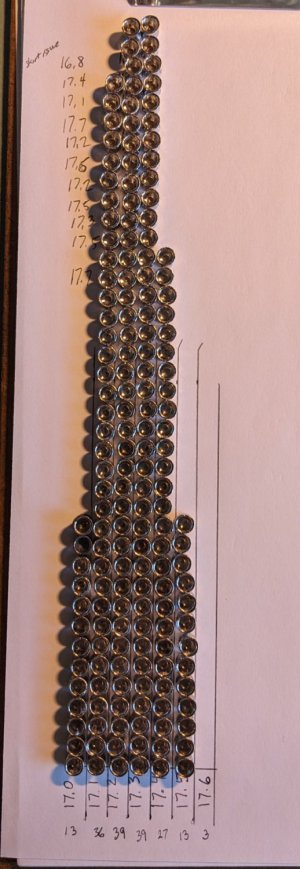Wires are in! No magic smoke, or real smoke was released when powered up. It just turned on. Actually pretty pleased with that, considering the amount of "guessing" I had to do to figure out the lit switch. The PID controller came up and was set to 100C. The thermocouple was reading around 24C. Since the value was below the set point, the power outlet was active. I then used a hot air gun set at 100C, to see what would happen. Seemed to behave as expected. When the TC read 125C, the alarm relay could be hear actuating. After cooling down, the power was turned back on.
Have a couple of minor tweaks to do, need to replace a ground wire, since it is too small a gauge, and find some star washers. Once I get all that, I will tear it down and sand blast the box and repaint it. And obviously figure out where to mount the thermocouple on the pot. I don't have a pre-made thermocouple, I just have 5 meters of type K TC wire with a stainless steel jacket and high temperature insulation. So I will have to fiddle with that some.
The picture shows the wiring, it's not too neat, but no switching or AC wires go by the TC wire. You can see the PID controller is crooked, (didn't push the mounting bracket home,) since I intend to disassemble it all for paint. This is not quite 5lbs of stuff in a 1lb box, but it felt like it at times, there wasn't a lot of room for my hands to do the wiring.

The fan is noisier than I would like, but since this will be used outdoors, I don't mind too much.






















